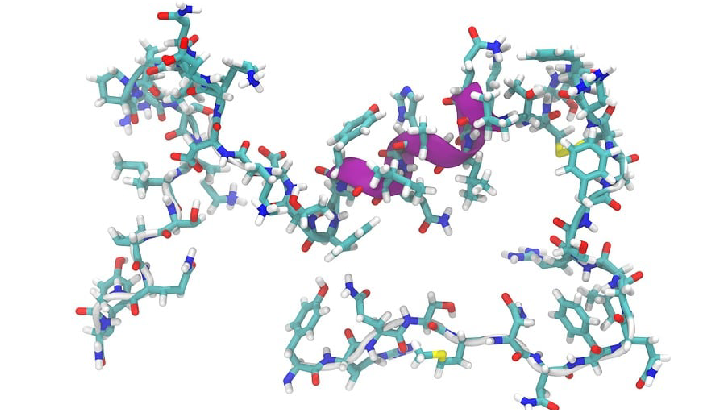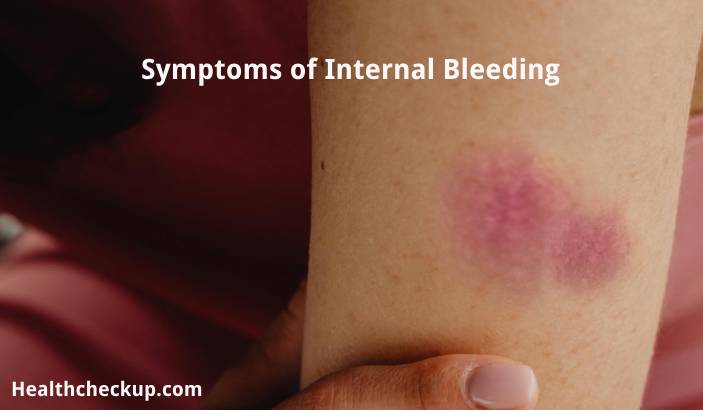Alcohol use screening tests are tests that are used to evaluate a person’s alcohol use and identify any potential problems related to alcohol consumption. These tests may be used to diagnose alcohol abuse or dependence, or to monitor a person’s alcohol use during treatment.
Purpose:
The purpose of alcohol use screening tests is to:
- Identify problems related to alcohol use, such as alcohol abuse or dependence.
- Monitor a person’s alcohol use during treatment.
- Assess the risk of developing alcohol-related problems.
Procedure:
There are several different types of alcohol use screening tests, including:
Questionnaires or surveys: These may be completed by the person being screened or by a healthcare provider. The questionnaire or survey asks about the person’s alcohol consumption, including how much and how often they drink.
Breathalyzer test: This test measures the alcohol content in a person’s breath. The person being tested blows into a device, and the device measures the alcohol content in their breath.
Blood test: This test measures the alcohol content in a person’s blood. A healthcare provider will draw a blood sample and send it to a laboratory for analysis.
Results:
The results of alcohol use screening tests are generally available within a few days. The healthcare provider will interpret the results and determine if further evaluation or treatment is necessary.
In general, an alcohol content of 0.08% or higher in a person’s breath or blood is considered evidence of alcohol impairment.
Risks:
There are generally no risks associated with alcohol use screening tests. However, it’s important to follow the recommended treatment and monitoring guidelines for alcohol-related problems and to inform your healthcare provider of any concerns you may have about your alcohol use. Early diagnosis and treatment can help improve outcomes and reduce the risk of complications.









